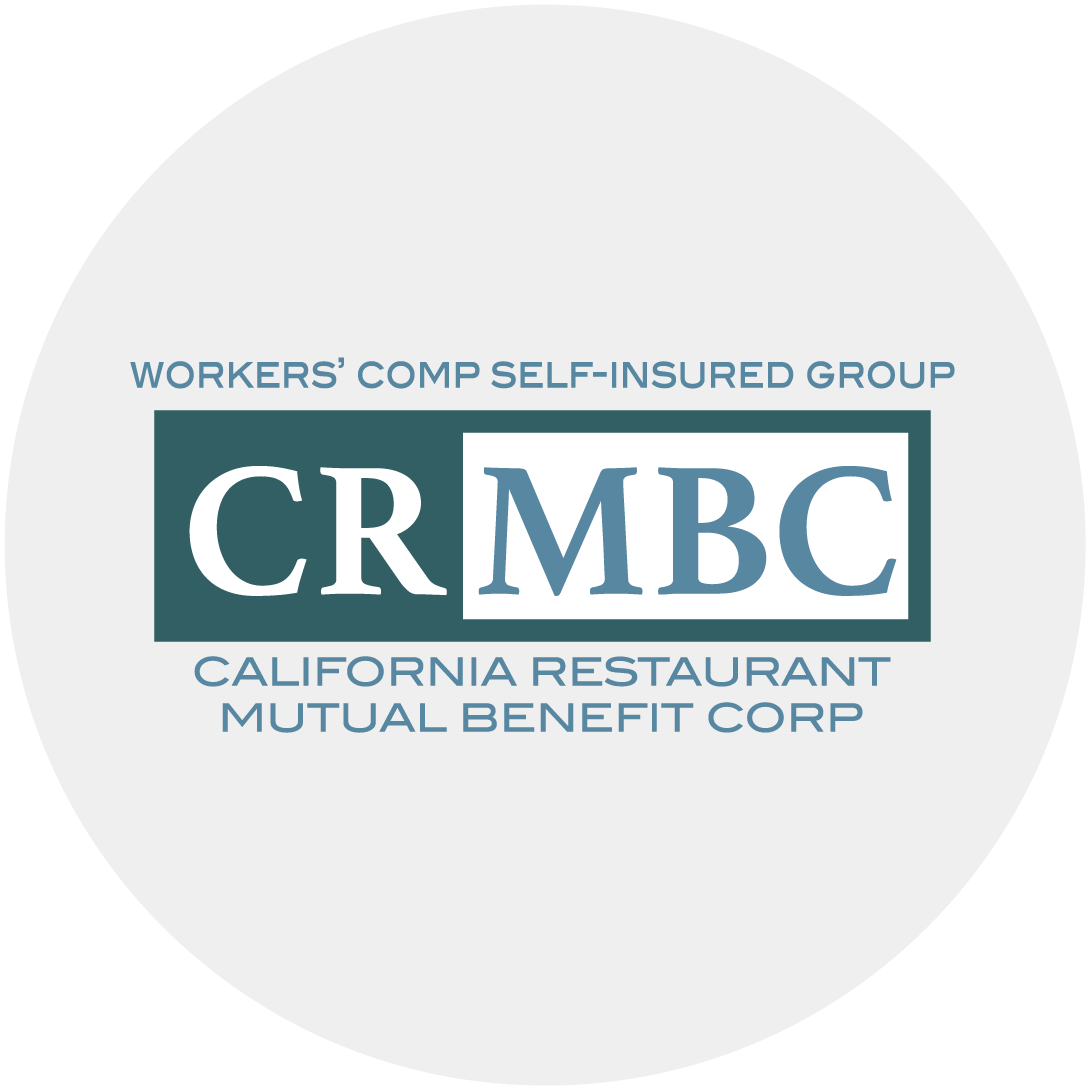DO NOT IGNORE THIS BLOG POST:
Poor cybersecurity could shut down your business and potentially lead to bankruptcy. Recent incidents involving companies like Panda Express and Panera LLC underscore the immediate dangers facing businesses today. This post is the third in a five-part series focused on enhancing cybersecurity in the restaurant industry.
Cybersecurity risks evolve each year as technology advances at lightning speed. It’s essential to reassess your data protection practices and adopt achievable resolutions to safeguard your business. Here are ten resolutions to help ensure your restaurant doesn’t become a victim of cybercrime:
1. Train Employees on Security Best Practices
Employees are your first line of defense against cyber threats. Regular training equips them to recognize phishing attempts, avoid malicious websites, and follow company cybersecurity policies. However, even the most robust security measures can fail if employees inadvertently expose themselves to attackers.
Action Step: Schedule ongoing cybersecurity training for all staff to reinforce security awareness and proper responses.
2. Install and Update Antivirus Software
Antivirus software is a crucial layer of protection for your business. It defends against malware, ransomware, and other threats. However, outdated software can leave your systems vulnerable.
Action Step: Research and implement antivirus software that suits your business needs. Then, keep it updated to address emerging threats.
3. Restrict and Secure Internet Access
In most restaurants, non-back-office systems such as POS terminals and other operational devices don’t require internet browsers or email access. These systems should be restricted from web browsing and email to reduce the risk of cyberattacks.
Action Step: Educate employees on the importance of limiting internet access on restaurant systems and ensure secure browsing tools are implemented where necessary.
4. Create Strong Password Policies
Strong passwords are your first defense against unauthorized access. Enforce a policy requiring employees to regularly create and change complex, unique passwords.
Action Step: Draft a password policy and implement tools to enforce secure password management.
5. Use Multifactor Authentication (MFA)
Even the strongest passwords can be compromised. MFA adds a layer of protection, requiring a second verification form before granting access.
Action Step: Upgrade your systems to support MFA, which critical accounts and systems require.
6. Conduct Vulnerability Assessments
Simulated attacks and stress tests can identify weaknesses in cybersecurity defenses, allowing you to address them proactively.
Action Step: Partner with a cybersecurity expert to perform annual vulnerability assessments and implement their recommendations.
7. Patch Systems Regularly
Outdated systems are a common entry point for attackers. Regular updates fix vulnerabilities and keep your systems secure.
Action Step: Schedule regular maintenance to ensure all systems, software, and firmware are up-to-date.
8. Back Up Your Data
Data backups are critical for minimizing disruption after a cyberattack. Without backups, your business could face permanent data loss.
Action Step: Implement an automated backup system to store copies of critical business data securely.
9. Understand Phishing Threats
Phishing attacks remain among the most common methods cybercriminals use to access sensitive information. Employees should know how to identify and report phishing attempts.
Action Step: Conduct phishing simulations and provide real-world examples to train employees.
10. Create an Incident Response Plan
Even the best cybersecurity measures can’t eliminate all risks. A comprehensive incident response plan ensures your business is prepared to respond quickly and effectively to a breach.
Action Step: Develop a response plan and train your team on the immediate steps after a cyber event.
Cybersecurity is an ongoing process. Implementing these resolutions can significantly reduce your risk of being a victim of cybercrime. Stay tuned for the next post in this series, which will focus on building ransomware resilience.
For more insights on protecting your restaurant, revisit our posts on the rising incidence of cyberattacks and securing POS systems, or contact a cybersecurity professional today.

Discover CRMBC’s expertise in workers’ compensation for California restaurants, featuring valuable insights, updates, and strategies for industry success.






